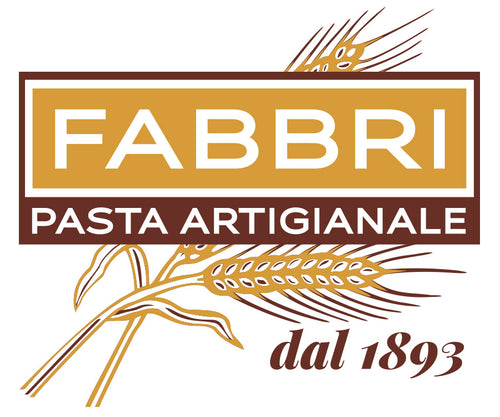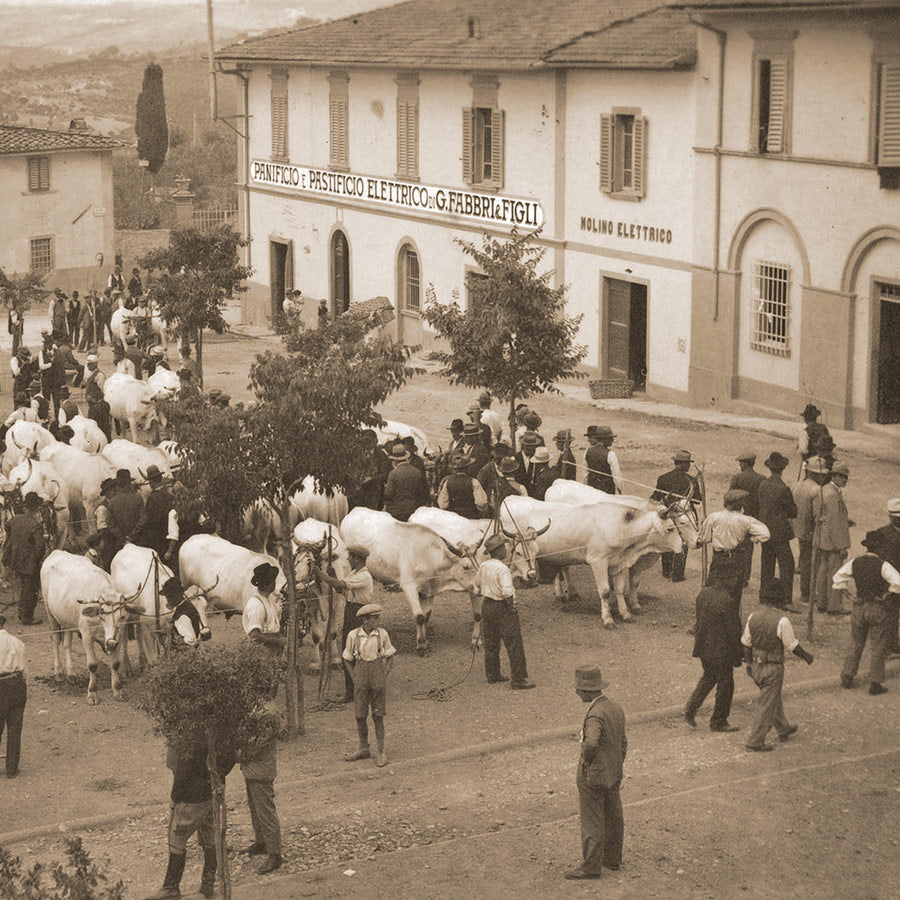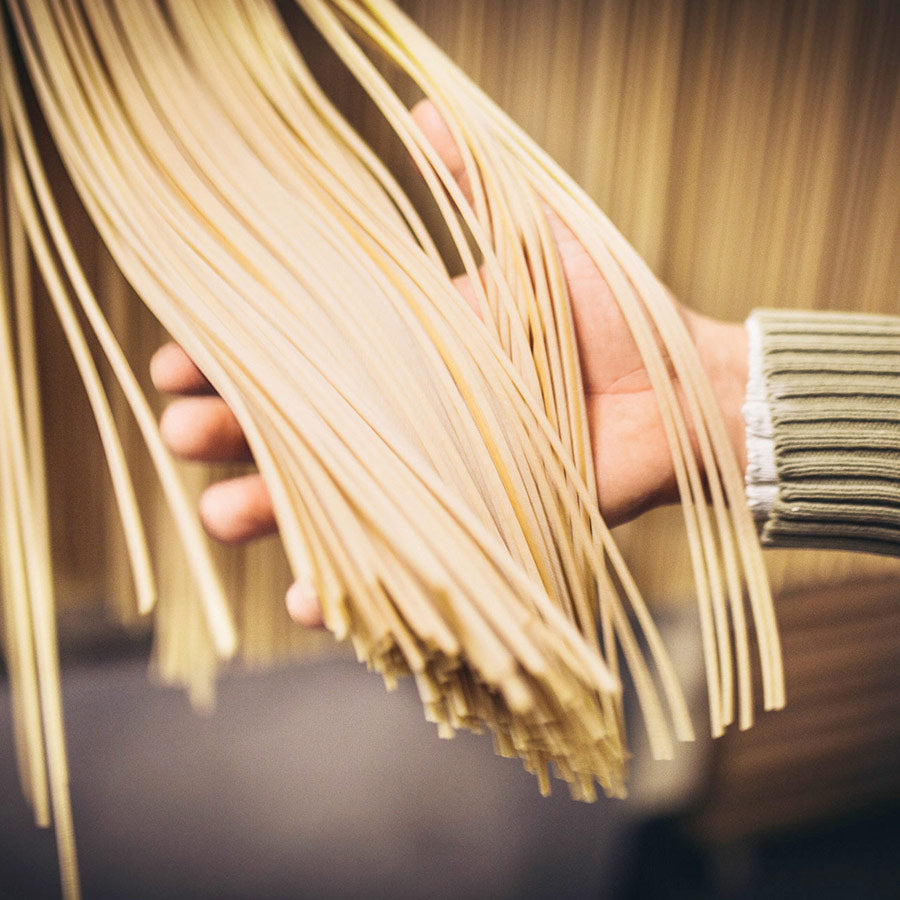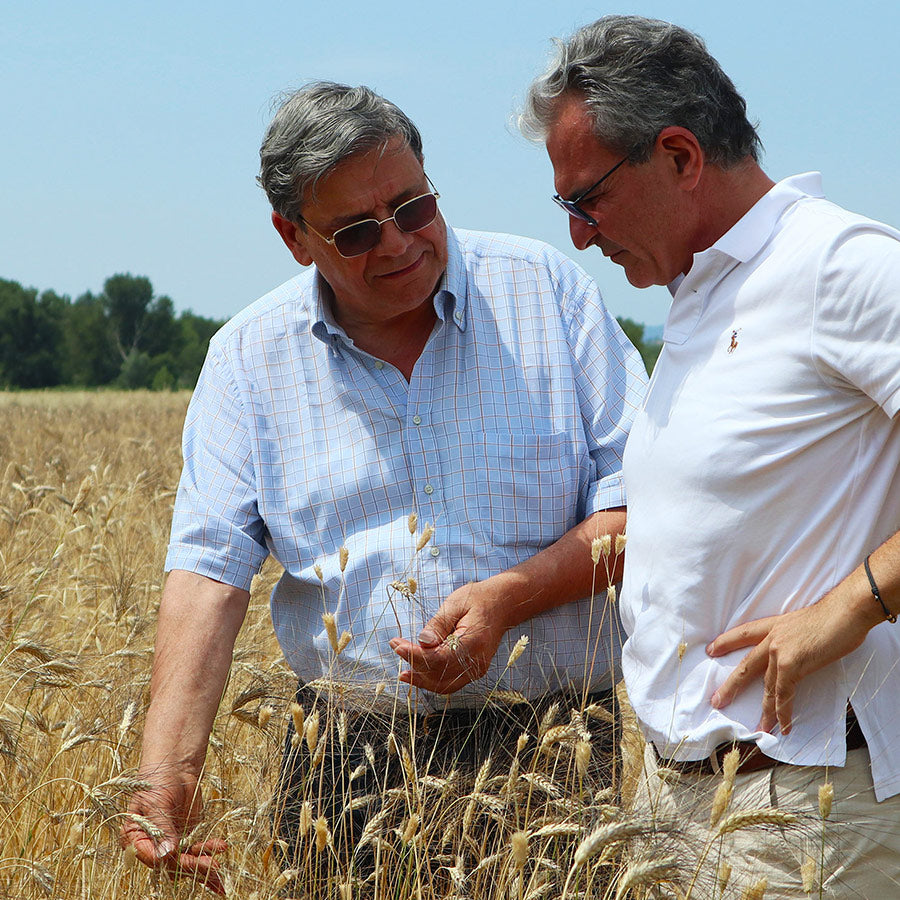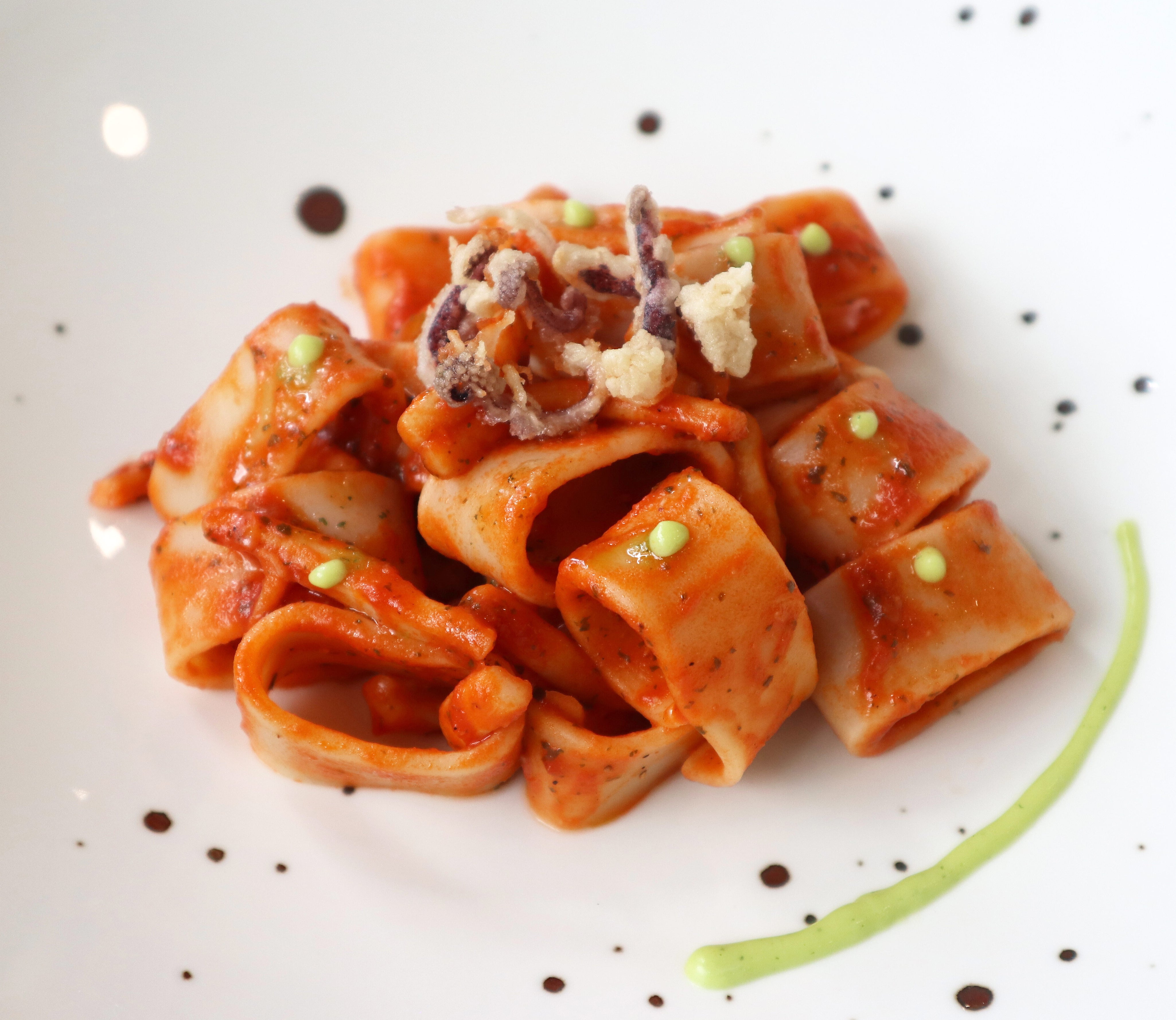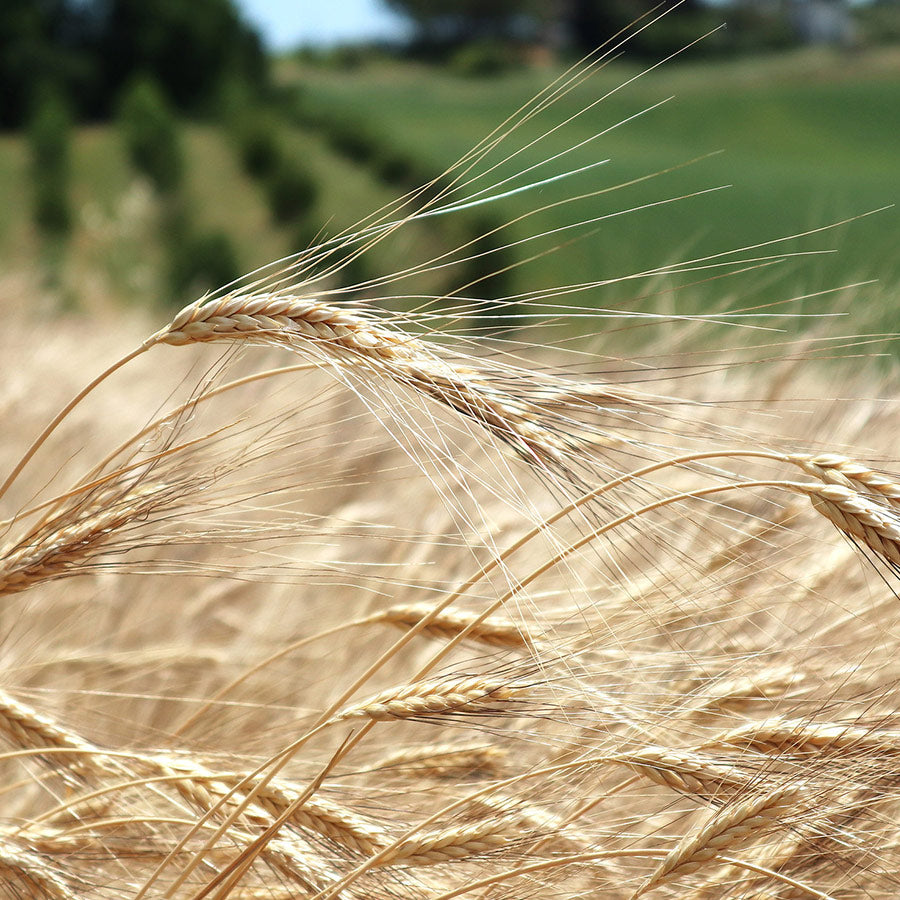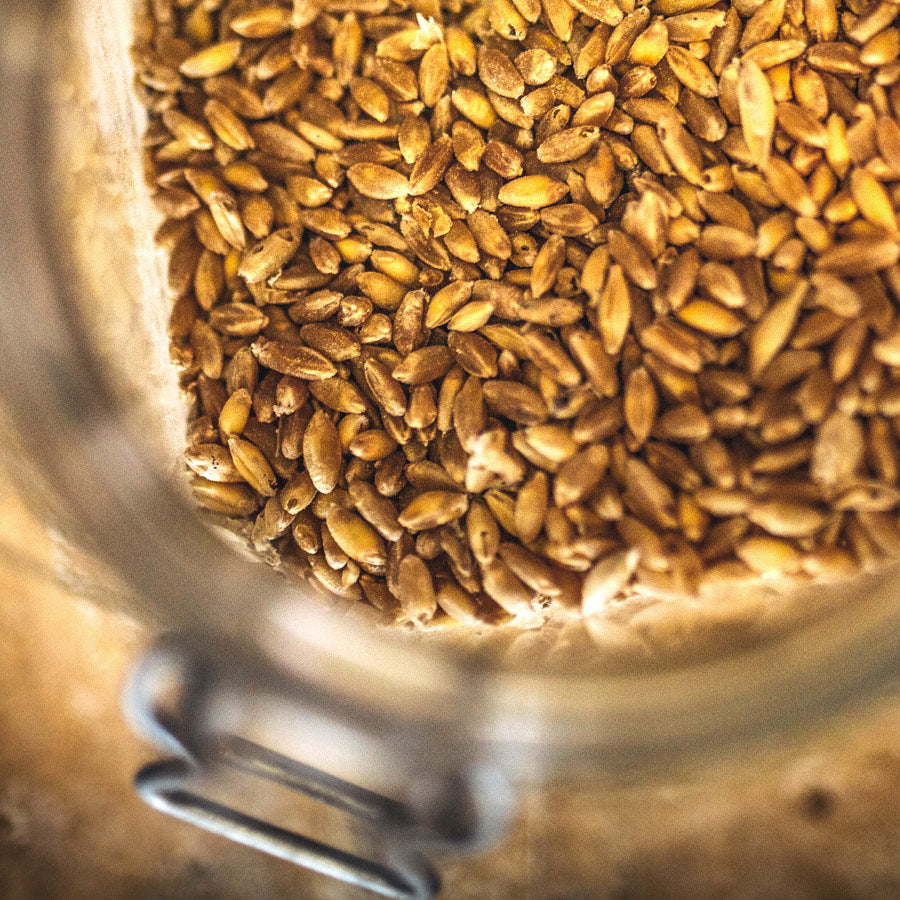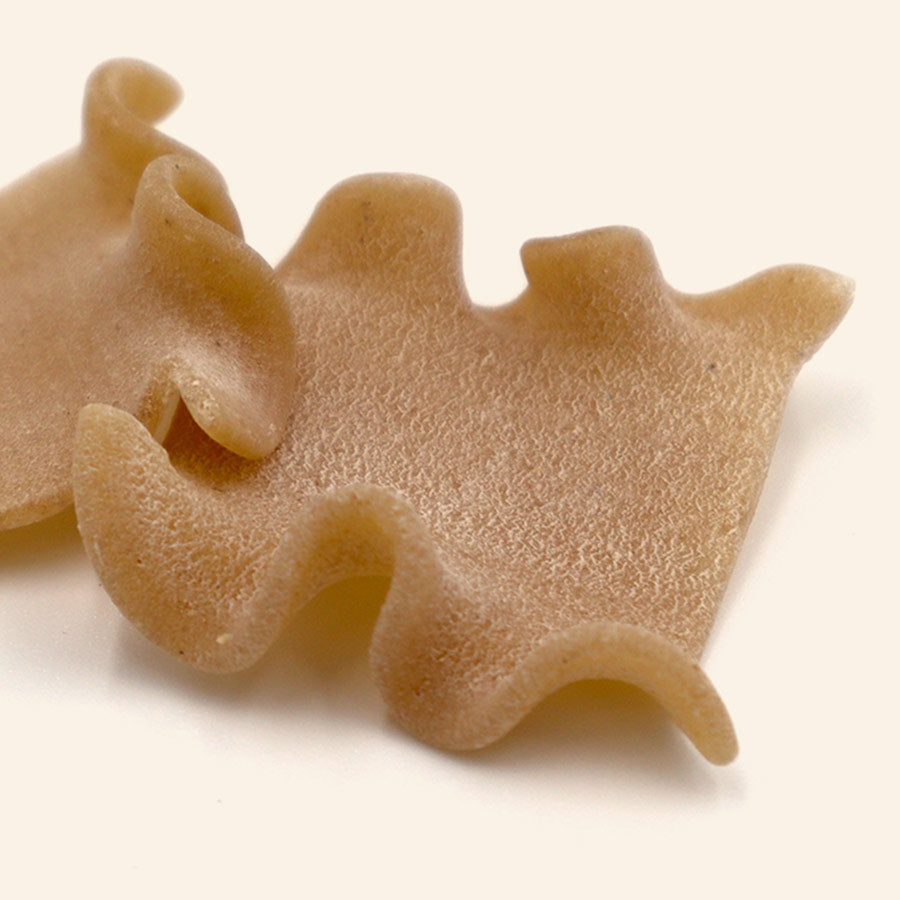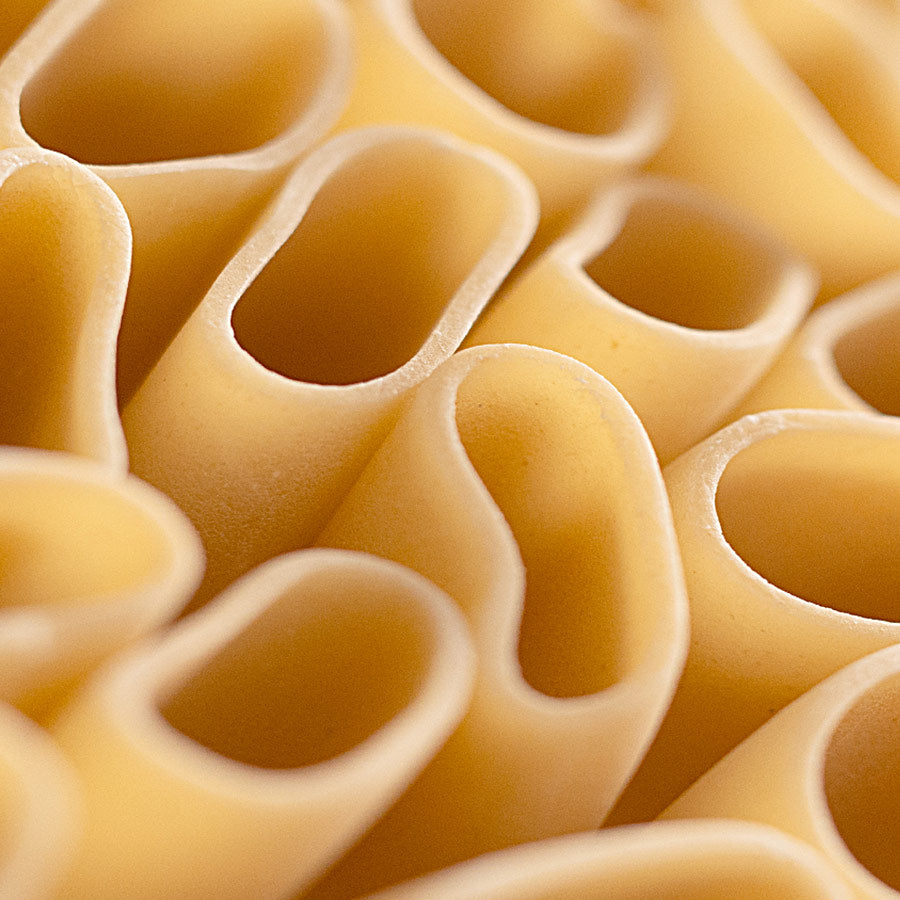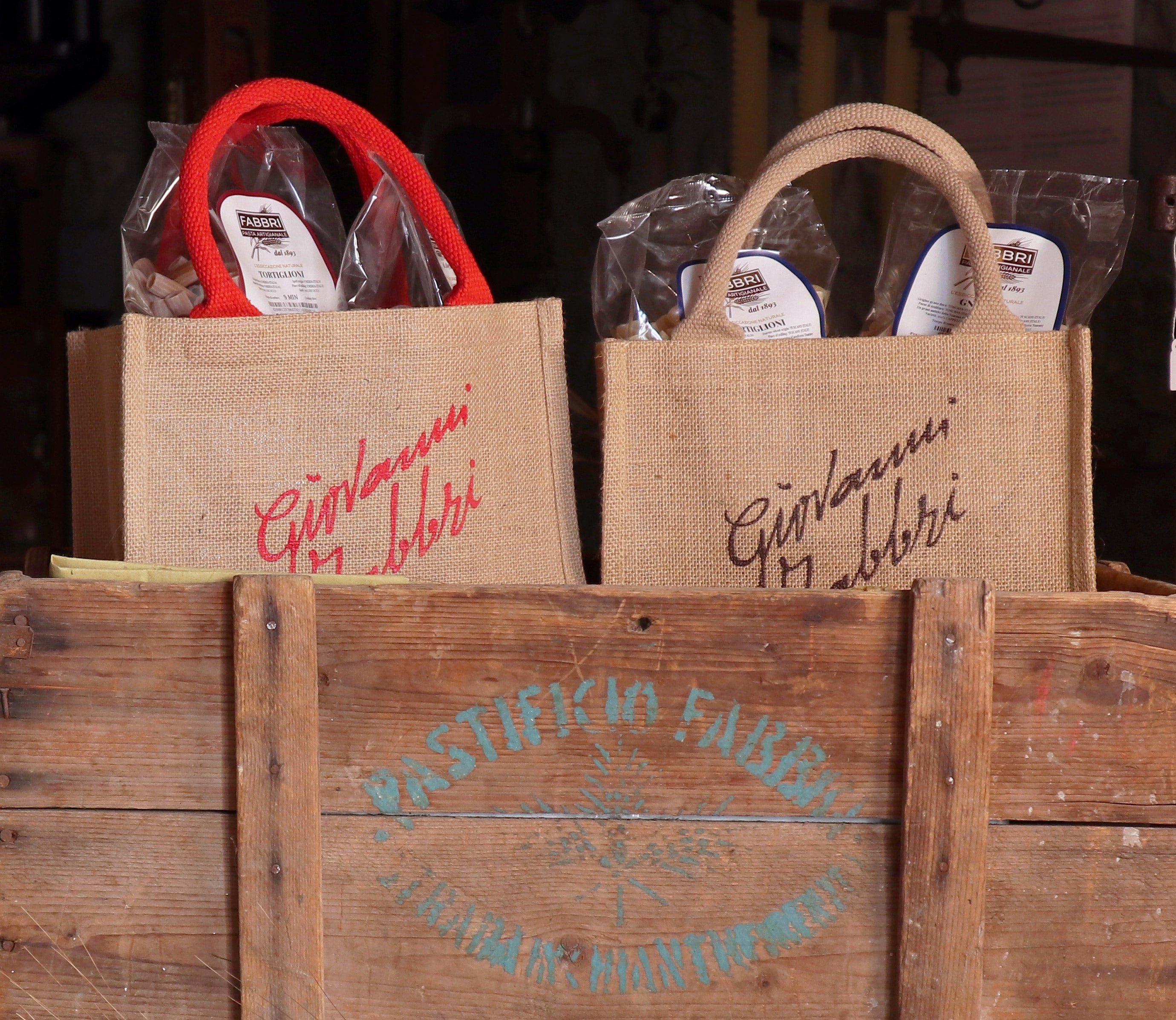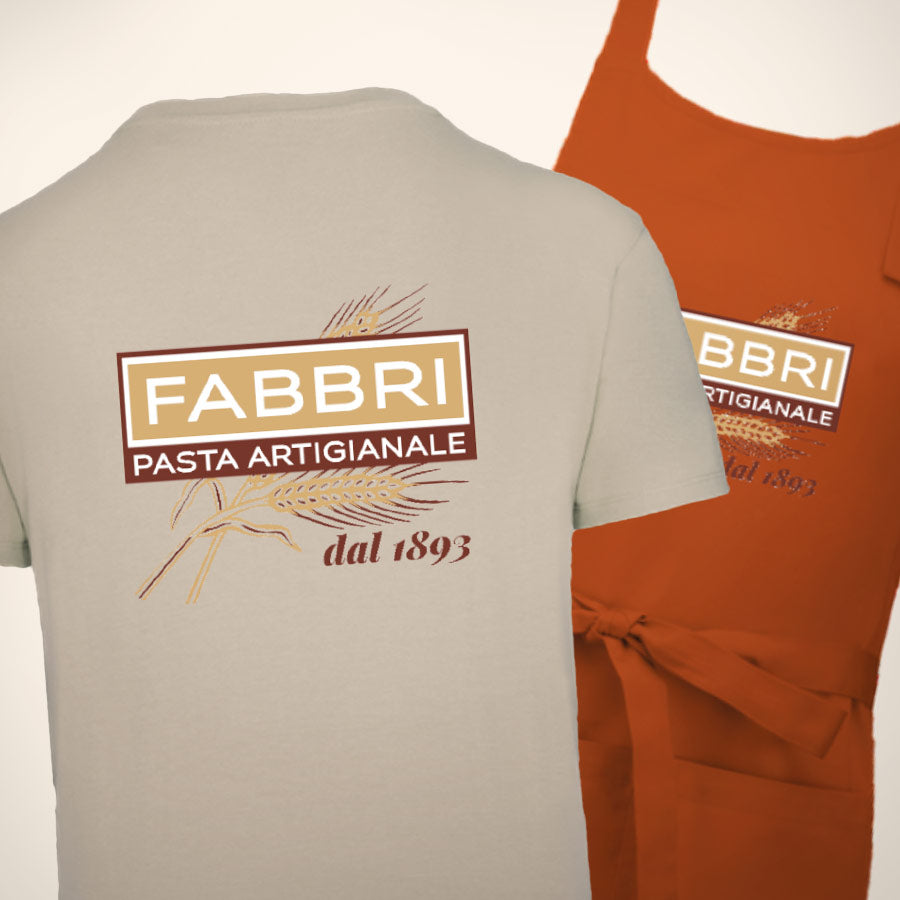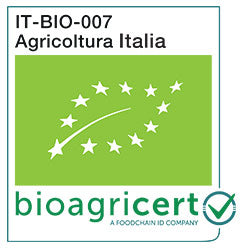Ancient Grain vs Modern Grain: discover the differences
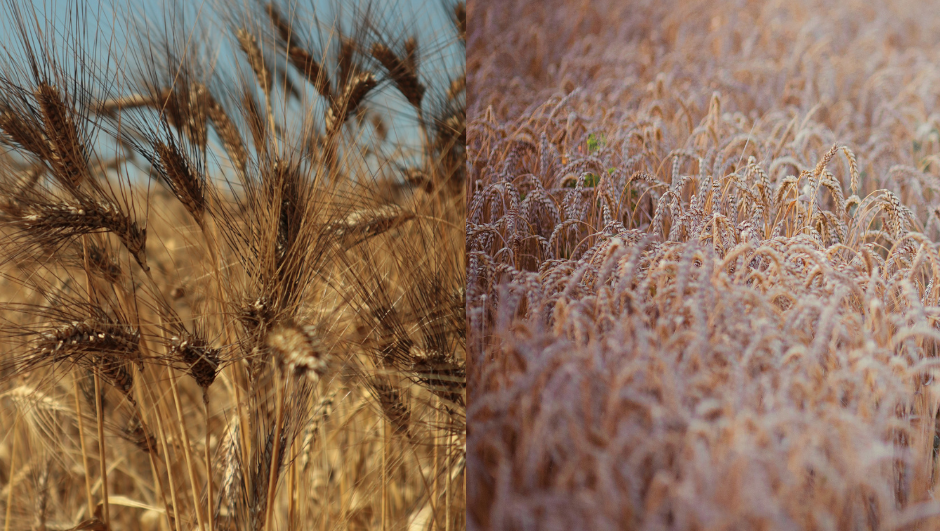
Dry pasta is traditionally made with durum wheat, which has a firmer gluten compared to soft wheat (used for making bread, fresh pasta, and cookies). However, there are two main types of durum wheat: ancient and modern.
Which one is important to choose? Let’s explore these differences together.
Ancient Wheat: A Treasure Cultivated Through the Centuries
The term "ancient wheat" refers to various species of the genus Triticum, which denotes both the plant itself and the seed containing the grain.
This wheat, in some cases cultivated since Roman times, such as farro dicocco or farro monococco, retains the same characteristics that nature once offered, with intense aromas and flavors. To preserve these properties, it is essential to choose organic cultivation that excludes the use of pesticides and herbicides designed to protect the plant.
Some ancient wheats can reach heights sometimes exceeding 1.70 meters. This is a distinctive feature but can also be a potential drawback. Consider, for example, a strong gust of wind or hail that could destroy the wheat field.
Examples of ancient wheats used in our organic pasta include Cappelli wheat (although it originated in the early 1900s, it is considered an ancient grain -> click here to read the article), Timilia wheat, farro dicocco, and farro monococco.

Dicocco spelled field
Modern Wheat: Genetic Modifications and Heavy Herbicide Use
During the "Green Revolution," a period of significant agricultural innovation, modern wheat was subjected to genetic selection aimed at maximizing yield and improving resistance to the elements. These modifications resulted in a reduction in height to about 70/80 cm.
To cultivate these wheats, "high-input" agricultural practices are employed, which include the use of substantial amounts of synthetic fertilizers, herbicides, and pesticides. Consequently, this type of wheat is not well-suited for organic farming.
Additionally, following these methods can also limit the wheat's ability to compete with spontaneous flora, leading to the use of chemical herbicides to control weed growth.
Choosing Ancient Wheat for Well-Being and Health
Our choice to work with ancient grains is based on research conducted in collaboration with the University of Florence, which shows that ancient grains can offer significant health benefits: high digestibility, positive effects on certain biomarkers of cardiovascular diseases, reduction in abdominal pain, bloating, and cholesterol levels in the blood, etc.
Our preference for ancient grains also reflects our commitment to producing pasta that not only satisfies the palate but also respects the environment and traditions.
Although the process may be more challenging, we believe that producing pasta in the traditional way fully justifies the efforts involved.
